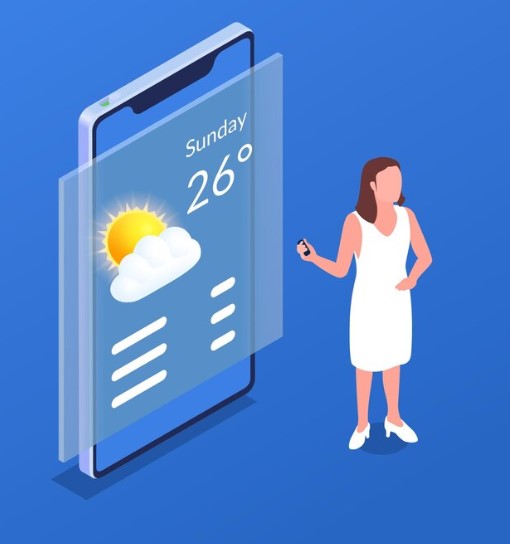Businesses across industries are harnessing the power of weather data to optimize operations, improve customer experiences, and boost profitability. Leveraging the best weather API can provide real-time, accurate weather information, enabling businesses to make informed decisions. Weather APIs are transforming how industries operate, from logistics to retail. Below, we delve into their key features and practical applications.
What Is a Weather API?
A Weather API is an application programming interface that allows developers to integrate weather data into applications, websites, or systems. These APIs pull data from various sources, such as meteorological satellites, ground-based sensors, and weather models, to deliver insights on temperature, precipitation, humidity, wind speed, and more.
Key Features of the Best Weather APIs
1. Real-Time Weather Data
The ability to access real-time weather data is a game-changer for businesses. Companies can monitor weather changes as they happen, ensuring timely responses to disruptions such as storms or heatwaves.
2. Historical Weather Data
Historical data enables businesses to analyze patterns and trends. For example, retail stores can predict seasonal demand for specific products based on past weather trends.
3. Global Coverage
The best weather APIs provide worldwide coverage, ensuring that businesses operating in multiple regions can access consistent data.
4. Forecasting Capabilities
Accurate weather forecasts help companies plan activities like shipping, outdoor events, or construction projects. Advanced APIs offer hourly, daily, and even weekly forecasts.
5. Customizable Data Formats
Weather APIs often allow businesses to retrieve data in various formats, such as JSON or XML, ensuring seamless integration with existing systems.
How Businesses Are Using Weather APIs
1. Optimizing Supply Chain Operations
Weather disruptions can have a significant impact on logistics. With weather APIs, businesses can reroute shipments, adjust delivery times, and minimize delays caused by adverse conditions.
2. Improving Customer Engagement
Retailers use weather data to provide personalized product recommendations. For example, e-commerce platforms might promote raincoats and umbrellas during forecasted rainy periods.
3. Enhancing Energy Management
Utilities and renewable energy companies rely on weather APIs to predict energy demands or solar panel efficiency. Accurate weather forecasting ensures better resource allocation and cost management.
4. Boosting Travel and Tourism
Travel agencies and tourism platforms incorporate weather data to offer tailored recommendations. From suggesting the best travel dates to alerting customers about weather risks, APIs enhance the travel experience.
5. Supporting Agriculture
Farmers depend on weather APIs to determine optimal planting and harvesting times. APIs also assist in monitoring soil conditions, rainfall, and temperature trends to maximize crop yields.
Choosing the Right Weather API for Your Business
1. Accuracy and Reliability
Ensure that the API provides highly accurate data from trusted meteorological sources. Reliable weather information is crucial for making sound business decisions.
2. Scalability
Select an API that can scale with your business needs. Whether you’re a small startup or a large enterprise, the API should handle increasing data demands as your operations grow.
3. Ease of Integration
An intuitive API with clear documentation simplifies the integration process, saving development time and resources.
4. Cost-Effectiveness
Evaluate the pricing structure. Some APIs charge based on the number of requests, while others offer tiered plans. Choose one that aligns with your budget without compromising on features.
Why Weather APIs Are a Must-Have for Modern Businesses
Incorporating weather data into your business strategy can drive efficiency, enhance customer satisfaction, and reduce costs. By leveraging the best weather API free solutions, even small businesses can access powerful tools to stay ahead of weather-related challenges. The right weather API provides an opportunity to gain actionable insights and unlock new growth opportunities.
Businesses that embrace weather data will continue to lead their industries, demonstrating how innovation and strategy can turn challenges into opportunities.



